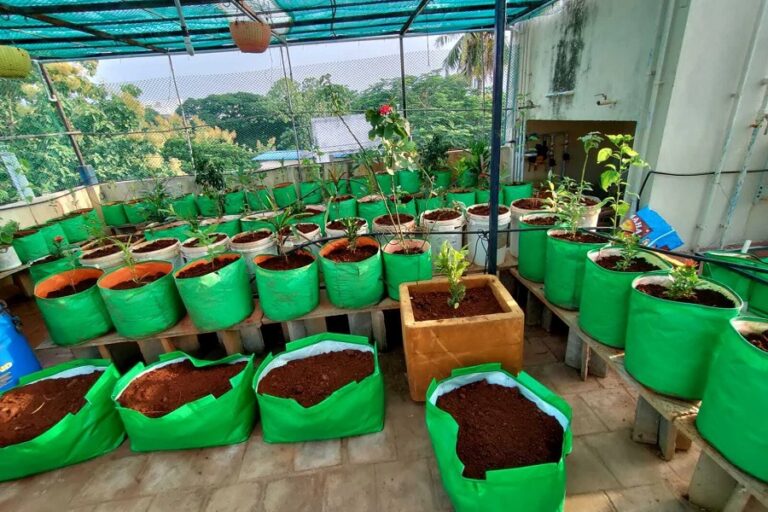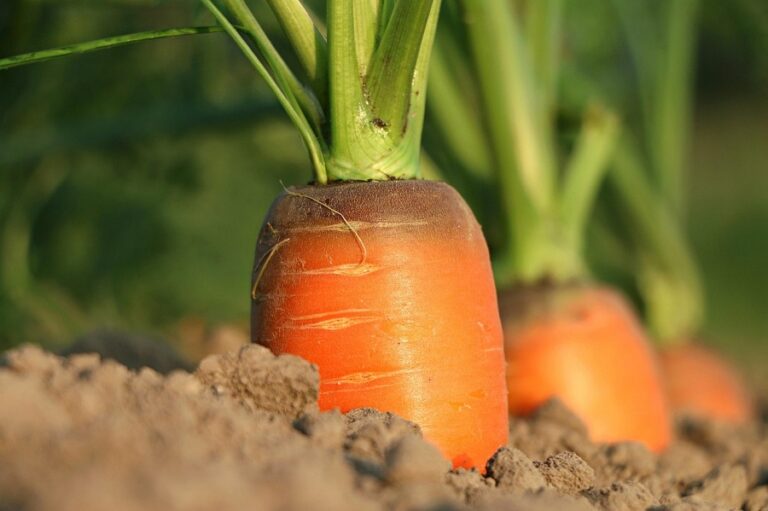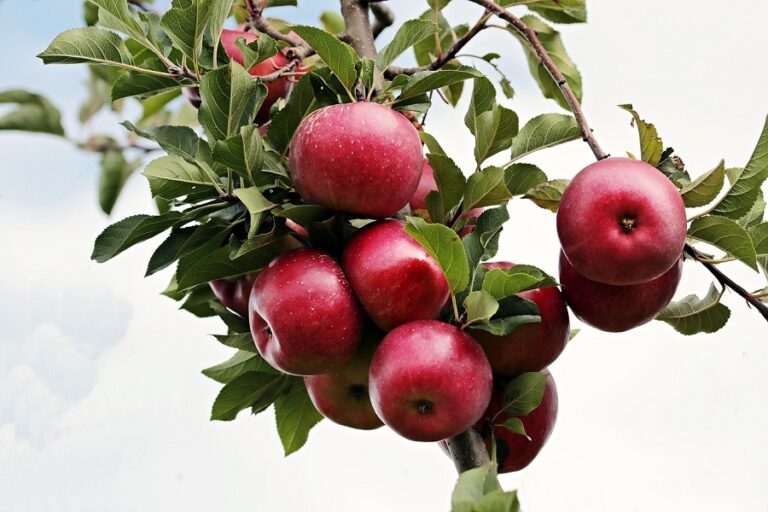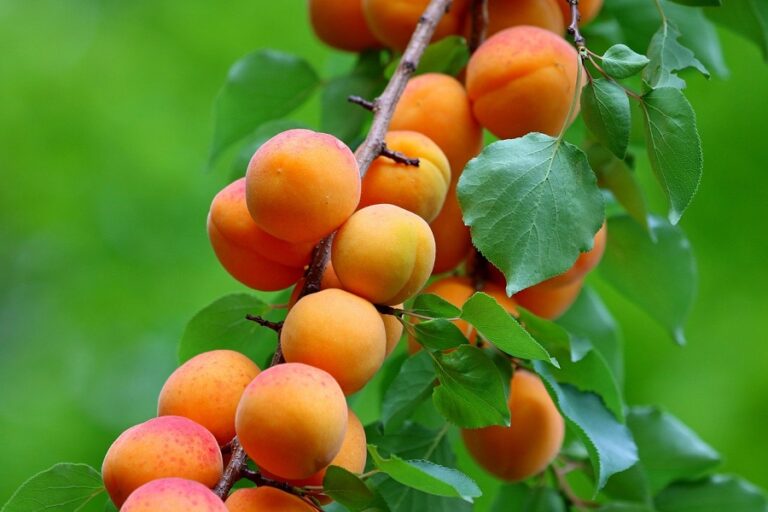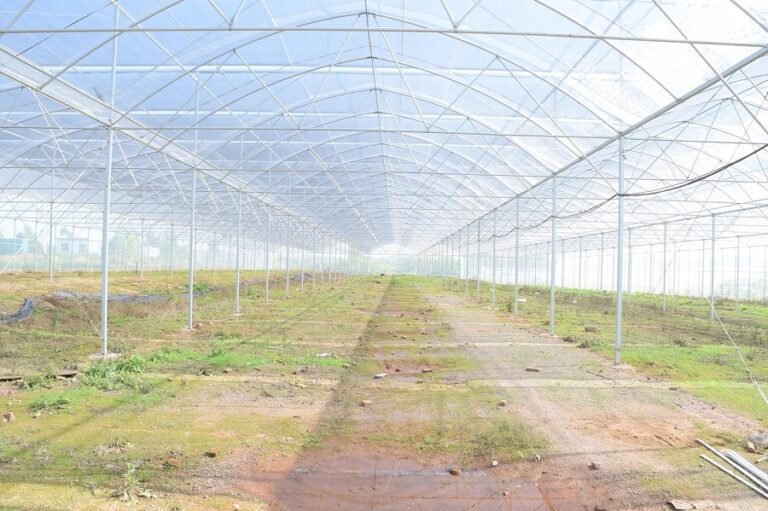Guava Cultivation in India: Profitable Farming Tips & Complete Guide
Guava (Psidium guajava) is one of the most popular tropical fruits in India, often called the “Apple of the Tropics.” It is hardy, highly nutritious, and grows well under diverse agro-climatic conditions. Guava farming is gaining popularity among farmers due to its low cost of cultivation, high yield, and strong market demand. India is the world’s largest producer of guava, contributing significantly to both domestic consumption and exports.
Importance of Guava Cultivation
- Rich in Vitamin C, dietary fiber, and antioxidants
- Can be consumed fresh or processed into juice, jam, jelly, and nectar
- High demand in domestic and export markets
- Suitable for cultivation in marginal and drought-prone soils
- Low maintenance and good returns for farmers
Climatic Requirements
- Temperature: Guava grows well between 15°C and 35°C.
- Rainfall: 100–150 cm annual rainfall is ideal, but it cannot withstand waterlogging.
- Altitude: Can be grown up to 1500 meters above sea level.
- Seasons: Main flowering in June–July (rainy crop) and October–November (winter crop).
Soil Requirements
Guava is adaptable to a wide range of soils, from sandy loam to clay. Well-drained loamy soil rich in organic matter is ideal. Soil pH should be between 5.5 and 7.5. Avoid saline and alkaline soils.
Major Guava Growing States in India
- Uttar Pradesh
- Maharashtra
- Madhya Pradesh
- Andhra Pradesh
- Gujarat
- Bihar
- Tamil Nadu
Popular Guava Varieties in India
- Allahabad Safeda: Most popular variety, white pulp, sweet taste, grown in Uttar Pradesh.
- Lucknow-49 (Sardar): High-yielding, bold fruits, excellent keeping quality.
- Lalit: Attractive red-fleshed variety, suitable for processing.
- Arka Amulya: Large fruit size, high TSS, good for table purpose.
- Arka Kiran: Pink flesh variety developed by IIHR, Bengaluru.
- Chittidar: Small fruit with good sweetness, grown in North India.
- Red Fleshed (Hybrid): Rich color, good for processing industries.
Propagation and Planting
- Propagation: Guava is propagated by air layering, budding, or grafting on seedling rootstock.
- Planting Season: June–July (monsoon) or February–March (spring).
- Spacing: 5m × 5m (about 160 trees per acre).
- Pit Preparation: Dig pits of 1m × 1m × 1m, fill with soil + FYM + neem cake.
Irrigation Management
Young guava plants require irrigation at 7–10 day intervals. Mature plants need water at critical stages of flowering and fruiting. Drip irrigation is recommended for high-density plantations.
Manure and Fertilizer Requirement (per tree per year)
- FYM: 20–25 kg
- Urea (N): 250–300 g
- DAP (P₂O₅): 200–250 g
- MOP (K₂O): 200 g
Apply FYM in June. Fertilizers should be applied in two splits – once during June–July and again in October–November.
Pruning and Training
Guava requires light pruning every year to remove diseased, overcrowded, and dry branches. This improves fruit size, color, and quality. Open-center system is most suitable for guava training.
Flowering and Fruiting
Guava flowers twice a year – during June–July (rainy season crop) and October–November (winter crop). The winter crop is considered superior in quality, sweetness, and shelf life compared to the rainy season crop.
Pest and Disease Management
- Fruit Fly: Use pheromone traps, orchard sanitation, and bagging of fruits.
- Wilt Disease: Avoid waterlogging, practice crop rotation, and drench soil with fungicide.
- Aphids and Mealy Bugs: Spray neem oil or systemic insecticides when necessary.
- Anthractnose: Controlled with copper-based fungicides.
Harvesting and Yield
Guava trees start bearing in 2–3 years after planting. Fruits mature in 4–5 months after flowering. Average yield is 20–25 tonnes per hectare. High-density plantations can yield up to 40 tonnes per hectare.
Post-Harvest Management
- Grading: Fruits are graded based on size and quality.
- Storage: Can be stored for 7–10 days at room temperature, and up to 3 weeks under cold storage.
- Processing: Used for juice, nectar, jam, jelly, candies, and dehydrated products.
Government Schemes and Support
- MIDH: Provides subsidy for planting material and orchard development.
- NHB: Support for high-density plantation and post-harvest infrastructure.
- State Horticulture Departments: Provide training, saplings, and financial support.
Marketing Opportunities
Guava has year-round demand in India. Farmers can sell in local mandis, wholesale markets, and directly to processing industries. Red-fleshed varieties also fetch premium prices in urban and export markets. Selling through Farmer Producer Organizations (FPOs) and e-commerce platforms offers better income.
FAQs on Guava Cultivation
Q1. Which state is the largest producer of guava in India?
Uttar Pradesh is the leading producer of guava in India.
Q2. How many years does guava take to bear fruit?
Guava trees start bearing fruit in 2–3 years after planting.
Q3. Which guava variety is best for commercial farming?
Allahabad Safeda and Lucknow-49 are widely grown and highly profitable.
Q4. Is guava farming profitable?
Yes, guava cultivation is highly profitable due to low maintenance, high yield, and strong market demand.
Guava cultivation is one of the most rewarding fruit farming enterprises in India. With proper orchard management, pest control, and adoption of improved varieties, farmers can earn high profits. The rising demand for fresh and processed guava products ensures a sustainable future for guava farming in India.

